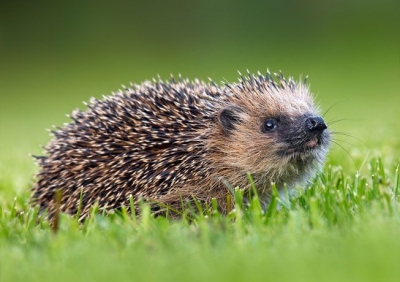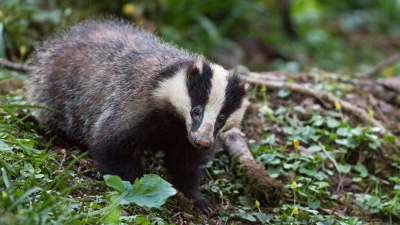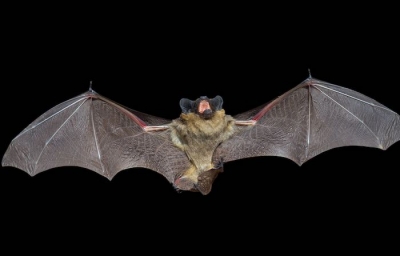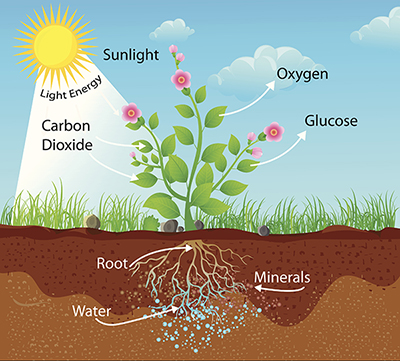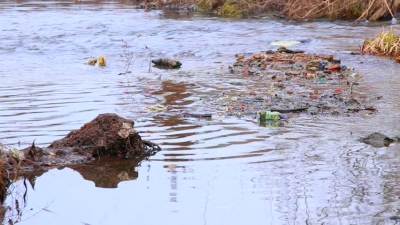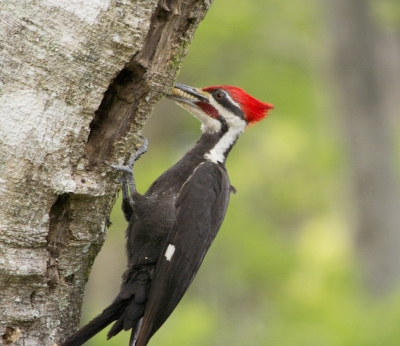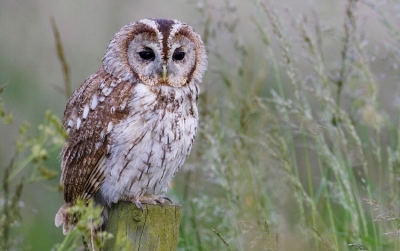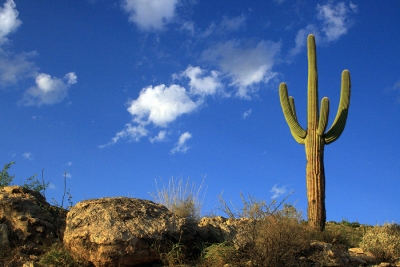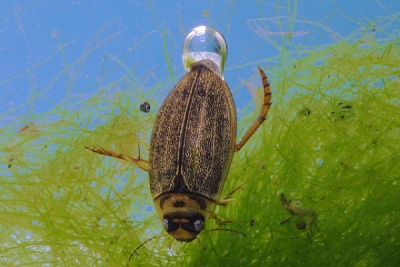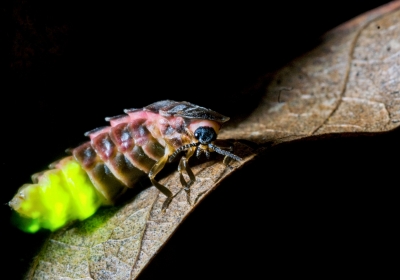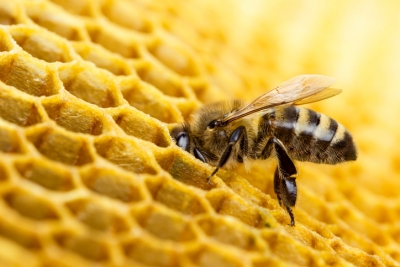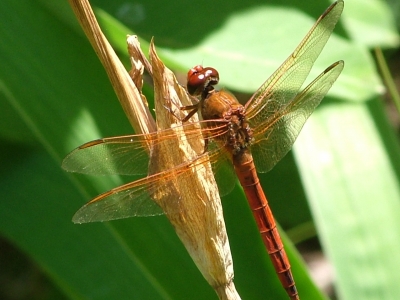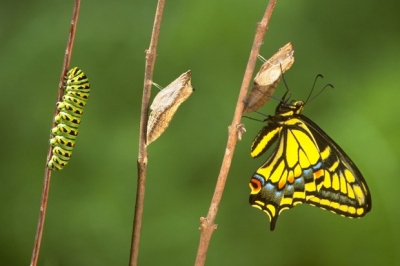When do animals hibernate?
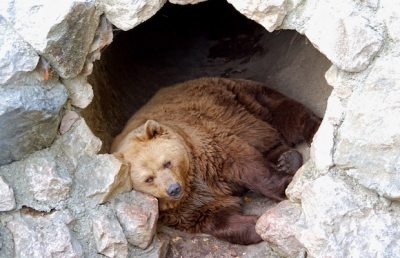
The word ‘hibernate’ comes from the Latin and means ‘winter sleep’. Certain animals hibernate during the winter months to escape the severe weather conditions and because food is hard to find. The sleep of a true hibernator, like the hedgehog, is almost like death and is quite unlike ordinary sleep. The temperature of its body decreases until it is only a little warmer than the air of its den. Because of this, the animal burns the food stored in their bodies very, very slowly. They need less oxygen, and as a result their breathing is slower and their hearts beat only faintly. When spring comes, the animals are awakened by the change in temperature, moisture, and by hunger.
Fact File: Many mammals, like the bear, do not really hibernate. They do sleep more in the winter than in the summer, but it is not the deep sleep of hibernation. |
Picture Credit : Google
